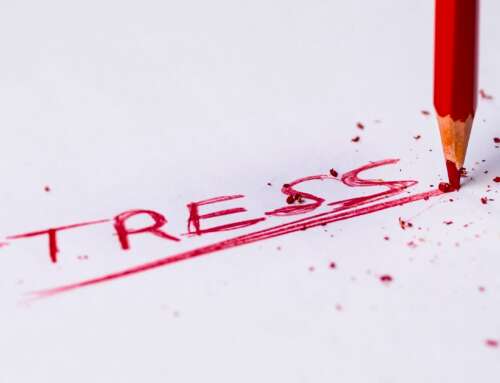A pessimistic, dismal outlook can take a toll on your life in more ways than you might think. Research consistently links negative thinking to increased risk of mental health problems, physical health issues, relationship problems, and financial trouble.
But the good news is, everyone can learn how to combat negative thinking. As a cognitive behavioral therapist, I’ve seen firsthand what happens when people learn how to change their thought patterns. Not only do they feel better, but their behavior changes too.
Several years ago in my work as a psychotherapist, I learned about a simple but effective way to teach kids how to reframe their cognitive distortions. Developed by PracticeWise, the exercise teaches children to turn their BLUE thoughts into true thoughts.
It’s a simple yet effective way to change the way you think. And shifting your mindset is the first step in building mental strength.
How to Recognize BLUE Thoughts
BLUE is an acronym that stands for: blaming myself, looking for the bad news, unhappy guessing, and exaggeratedly negative. It represents the thoughts that are just too negative to actually be true. Here’s how to recognize BLUE thoughts:
Blaming myself – While it’s important to take responsibility for your part, excessive self-blame isn’t productive. In fact, it’s been linked to mental health problems, like depression. Be on the lookout for times when you tell yourself that you’ve “ruined everything” or that something is “all your fault.”
– Amy Morin
Read more: The Beginner’s Guide to Changing Negative Thoughts








Leave A Comment